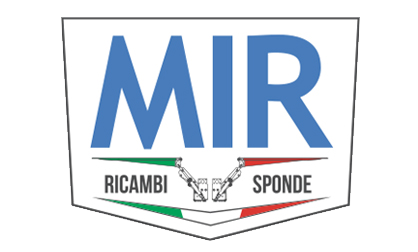These two solutions are also additional, non-standard control options. In some cases, if not provided for by the manufacturer, they are not even adoptable. The push-button panels are boxes sized to be held in one hand, which are connected to the tail lift through a spiral electric cable. All this allows the operator, by extending the cable, to be able to move freely on the platform or in any case near the rear of the vehicle, without having to remain in the lateral position where the main control panel is mounted. The limit is given to the maximum possibility of extension of the cable which is usually 3 meters, which become 6 or 7 meters in Racing tail lifts. The push-button panels can have 2, 3 or 4 buttons at most and carry out only the up-down operations or even all four, thus including those of opening and closing. On the other hand, with regard to wireless remote controls, these solutions allow much greater freedom and mobility but with the risk of loss, fall or breakage of the transmitting part. Unlike this which is in the hands of the operator, the receiving part is usually located near the control unit or control panel in a sheltered position. Obviously, the two elements will have to be associated with a procedure that puts them in unambiguous communication without interfering with other devices that use similar systems. The remote controls also have a minimum of 2 buttons but there are also 4 or 6 depending on the functions that can also include switching on and off to preserve the batteries.
Manual and radio control
Filter Manual and radio control by brand
Code: 71323D
€
105,75
+IVA
Available
Code: 71333D
€
164,20
+IVA
Available
















